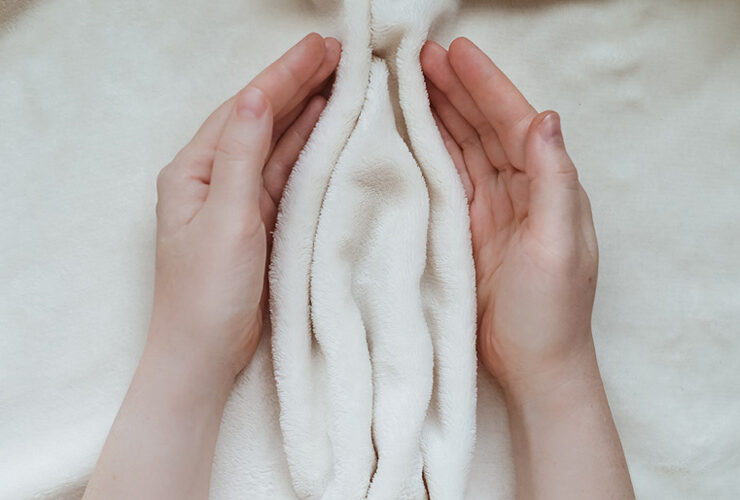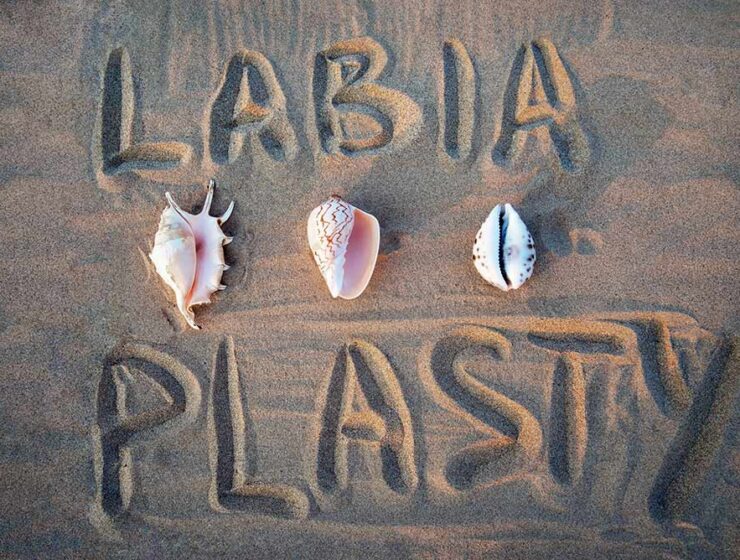Vaginal rejuvenation can drastically improve the lives of patients who cope with self-esteem issues, experience vaginal trauma, or want to restore their appearance. One of the benefits of vaginal rejuvenation is how…

Many women who have had a botched labiaplasty wish to correct the issues by undergoing a secondary labia reconstruction procedure. However, after a bad experience, it can be difficult to work up the courage to have surgery again.
Dr. Alter and his staff understand your hesitancy and will work to make you feel comfortable throughout the entire process. By choosing Dr. Alter for your revision labiaplasty, you can feel confident and assured that your surgeon is using the best, most advanced techniques to provide you with the results you have always wanted.
Dr. Alter is one of the most renowned and respected labiaplasty surgeons in the world and has pioneered the repair techniques with his creation of cutting-edge and revolutionary surgical techniques.
Dr. Alter has been reconstructing and repairing labia minora deformities due to other surgeons’ botched labiaplasties since the mid-90s—with a tremendous amount of success. He has single-handedly perfected numerous reconstructive techniques that help women achieve the look and functionality they desire.
To understand the best way to revise a botched labia reduction, it’s important to know the common techniques used in labiaplasty. The two most popular approaches used today are the trimming and central wedge technique (invented by Dr. Alter in 1995 and also referred to as the “V” technique or the “Alter labiaplasty”).
The central wedge method, invented by Dr. Alter, reduces the labia minora while maintaining the normal appearance and anatomy of the labia and labial edge. It also prevents over-removal and has less post-operative discomfort than other techniques when performed correctly. The disadvantages of the central wedge are that it requires more surgical skill and a longer surgery time. An unskilled surgeon may also have a significant complication rate, including disruption of the suture line, significant asymmetry, or inadequate removal.
The trim method is the quicker, more common labiaplasty surgery used by gynecologists and most plastic surgeons. The labial edges are trimmed with a scalpel, scissors, knife, clamp, or laser. The disadvantages of this method are the risks of partial or over-removal, asymmetry, unnatural appearance along the suture line with scallops and concavities, scar discomfort and pain, and distortion of the clitoris attachment (frenula) to the labia and clitoral hood.
Dr. Alter will always perform his labiaplasties and labiaplasty revisions using the central wedge technique.
Unfortunately, many women who undergo a labiaplasty end up with a worse or even catastrophic result due to a botched labiaplasty. Many of these women have tender, if not painful, areas that may make intercourse difficult; and some feel like they have been mutilated. All this can have an immense impact on a woman’s self-esteem and mental health. It’s no surprise that these women would have a high level of skepticism and be reluctant to trust another labiaplasty surgeon.
The good news is that these deformities from the various labia reductions can often be reconstructed to give a normal or near-normal appearance using a wide assortment of techniques. These labiaplasty revision techniques were created and refined by Dr. Alter over the course of several decades. He published the first and only major medical paper on the reconstruction of botched labiaplasties in the prestigious journal “Plastic and Reconstructive Surgery” in 2011, which includes his creation of clitoral hood flaps.
A successful labiaplasty revision and reconstruction typically depends on the amount of labia minora and clitoral hood tissue remaining, since this tissue is needed to replace the absent or damaged areas.
Patients from outside the LA area typically email photos of their labia and then schedule a phone consultation to discuss the surgical plan. Even if the first labiaplasty is recent, Dr. Alter can assess whether a reconstruction is possible.
Patients need to stay in town anywhere from two to five days after surgery to make sure that their recovery is going well. Post-operative care is usually minimal.
Dr. Alter and the entire team are dedicated to providing every patient with exceptional individualized care—from consultation to recovery. We take the time to learn about your concerns, goals, and desires, so we can build a plan that addresses your concerns and gets you the
results you deserve.

Vaginal rejuvenation can drastically improve the lives of patients who cope with self-esteem issues, experience vaginal trauma, or want to restore their appearance. One of the benefits of vaginal rejuvenation is how…

Many patients understand that choosing the best surgeon for their labiaplasty is paramount, which sometimes means that travel is necessary. This blog will discuss what out-of-town patients can expect from traveling to…

Labiaplasty is a plastic surgery procedure that reduces the size of the labia minora; While this procedure is impactful for a woman’s physical and mental wellbeing, many want to know first how…

